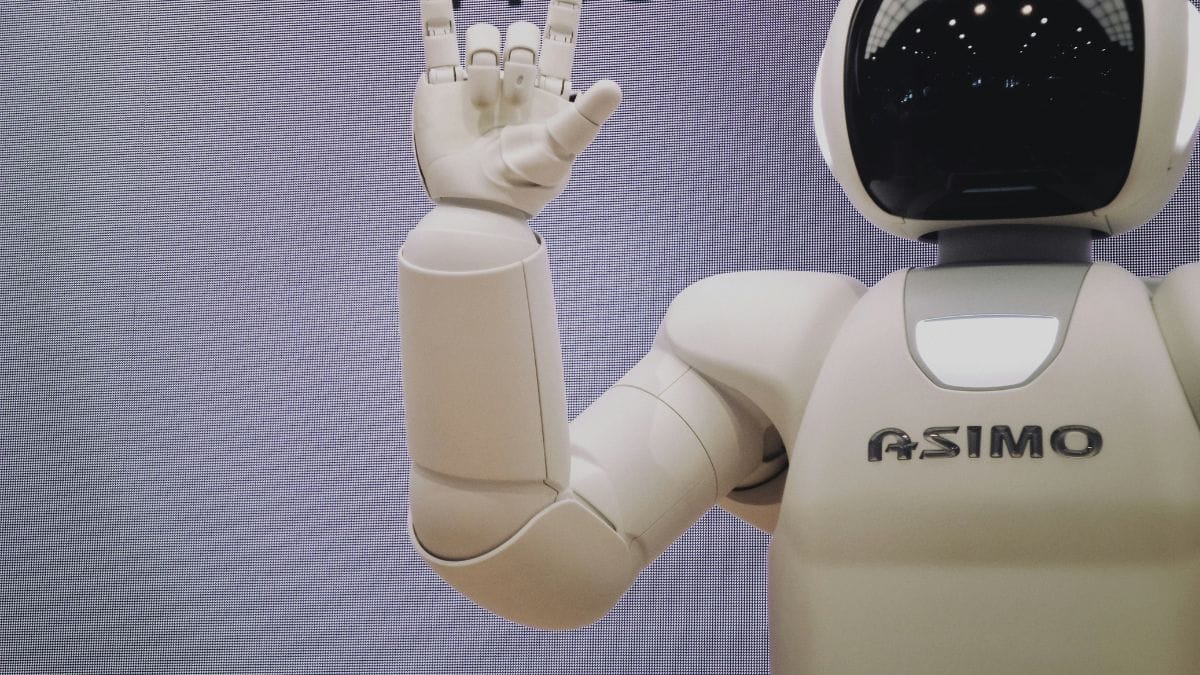
In an era where technological advancements dictate the pace of innovation, certain codes and standards emerge as pivotal influences on the industry. One such identifier is WAAA-117. This article delves into the significance of WAAA-117, exploring its implications across various domains of modern technology, its origins, applications, and the transformative effects it has ushered in.
What is WAAA-117?
WAAA-117 is a standard or code that has emerged in recent years within a specific technological context. While the precise nature of WAAA-117 may vary depending on the sector, it generally refers to a set of protocols or guidelines that streamline processes, enhance interoperability, or improve the overall functionality of systems. This designation serves as a benchmark for developers, engineers, and tech enthusiasts alike, aiming to foster innovation while ensuring safety and efficiency.
Historical Context
To understand the impact of WAAA-117, we must first look at the landscape of technology prior to its introduction. The rapid expansion of digital platforms, the Internet of Things (IoT), and cloud computing created a complex web of interconnectivity. However, this complexity often resulted in fragmentation and compatibility issues among different technologies.
The inception of WAAA-117 aimed to address these challenges. By establishing a unified framework, stakeholders could ensure that disparate systems could communicate effectively, enhancing user experience and reducing operational costs.
Applications of WAAA-117
WAAA-117 has found its way into several sectors, including telecommunications, software development, and manufacturing. Below are some of the key areas where its impact is profoundly felt:
1. Telecommunications
In the telecommunications sector, WAAA-117 has been instrumental in standardizing communication protocols. This standardization enables seamless interaction between devices and networks, ensuring that data is transmitted accurately and efficiently. As 5G technology rolls out globally, WAAA-117 serves as a foundation for enhancing mobile connectivity, providing a roadmap for network providers to follow as they expand their infrastructure.
2. Software Development
In software engineering, WAAA-117 promotes best practices in coding and system design. By adhering to these guidelines, developers can create applications that are more robust and scalable. The adoption of WAAA-117 in agile development environments fosters collaboration and minimizes the risk of errors, ultimately leading to higher-quality software products.
3. Manufacturing
In the realm of manufacturing, WAAA-117 aids in the integration of smart technologies into production lines. With the rise of Industry 4.0, manufacturers are increasingly relying on interconnected machines and data analytics. WAAA-117 helps standardize the communication protocols between these machines, allowing for real-time monitoring and optimization of production processes. This not only enhances efficiency but also reduces downtime, leading to significant cost savings.
4. Cybersecurity
As technology evolves, so do the threats associated with it. WAAA-117 incorporates guidelines for cybersecurity best practices, helping organizations safeguard their systems against potential breaches. By standardizing security protocols, businesses can better defend against cyberattacks, ensuring that sensitive data remains protected.
Transformative Effects of WAAA-117
The introduction of WAAA-117 has brought about several transformative effects within the technology landscape:
1. Enhanced Interoperability
One of the most significant impacts of WAAA-117 is the enhancement of interoperability among various systems. This has allowed companies to integrate diverse technologies, resulting in more cohesive and efficient operations. As organizations adopt WAAA-117, they find that they can leverage existing technologies without the need for extensive overhauls, thereby preserving resources and time.
2. Accelerated Innovation
WAAA-117 has created a framework that encourages innovation. With clear guidelines in place, companies are empowered to experiment and push the boundaries of technology without the fear of encountering compatibility issues. This has led to a surge in innovative products and services, enhancing consumer choices and driving market growth.
3. Cost Efficiency
By standardizing processes, WAAA-117 has contributed to significant cost reductions for businesses. The elimination of redundant systems and the streamlining of operations mean that organizations can allocate their resources more effectively. Furthermore, the reduced likelihood of errors translates to lower operational costs, enhancing overall profitability.
4. Improved User Experience
Ultimately, the adoption of WAAA-117 translates to a better user experience. As systems become more integrated and responsive, end-users benefit from seamless interactions with technology. This is particularly evident in consumer electronics, where devices increasingly work together harmoniously, leading to a more intuitive experience.
Future Outlook
As technology continues to evolve, the relevance of WAAA-117 is likely to expand further. With advancements in artificial intelligence, machine learning, and quantum computing on the horizon, the need for standardized protocols will only become more pressing. WAAA-117 could serve as a foundation for future innovations, guiding the development of next-generation technologies that prioritize interoperability and security.
Conclusion
In summary, WAAA-117 represents a critical development in the landscape of modern technology. By providing a standardized framework, it enhances interoperability, accelerates innovation, and fosters cost efficiency across various sectors. As industries continue to adapt and evolve, the principles encapsulated in WAAA-117 will undoubtedly play a crucial role in shaping the future of technology. Embracing this standard will not only pave the way for new opportunities but will also ensure that technological advancements benefit users and organizations alike.